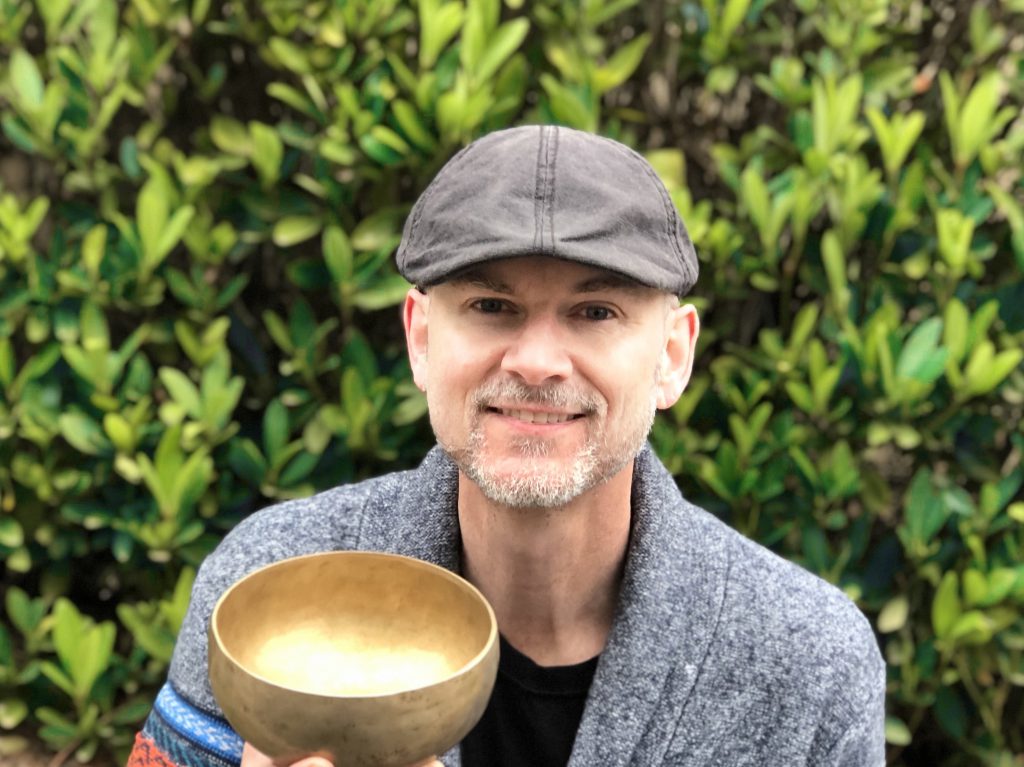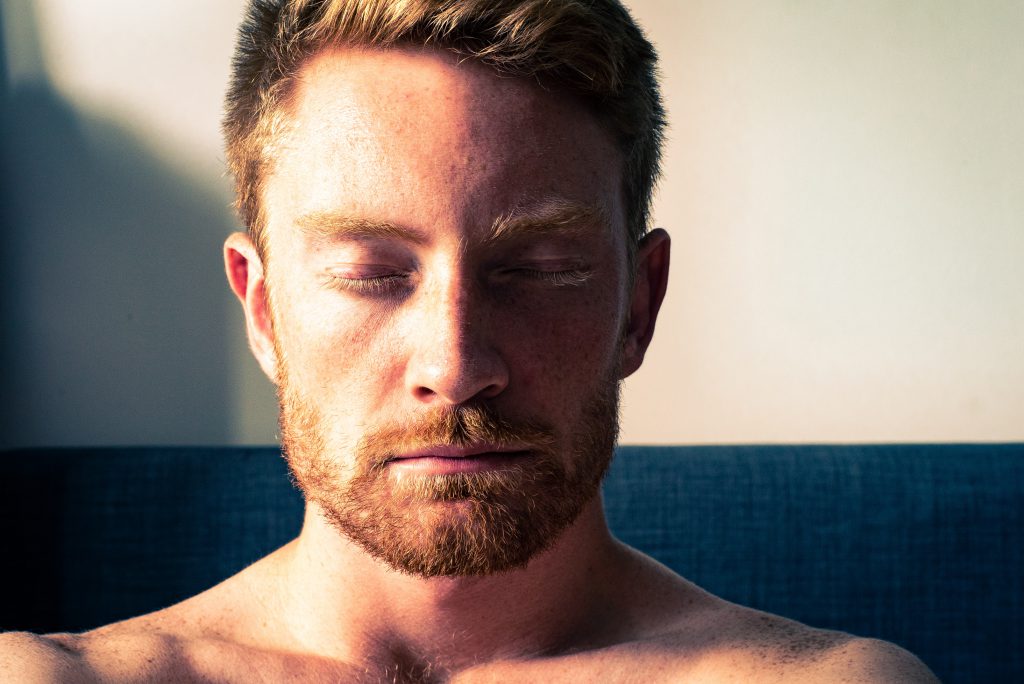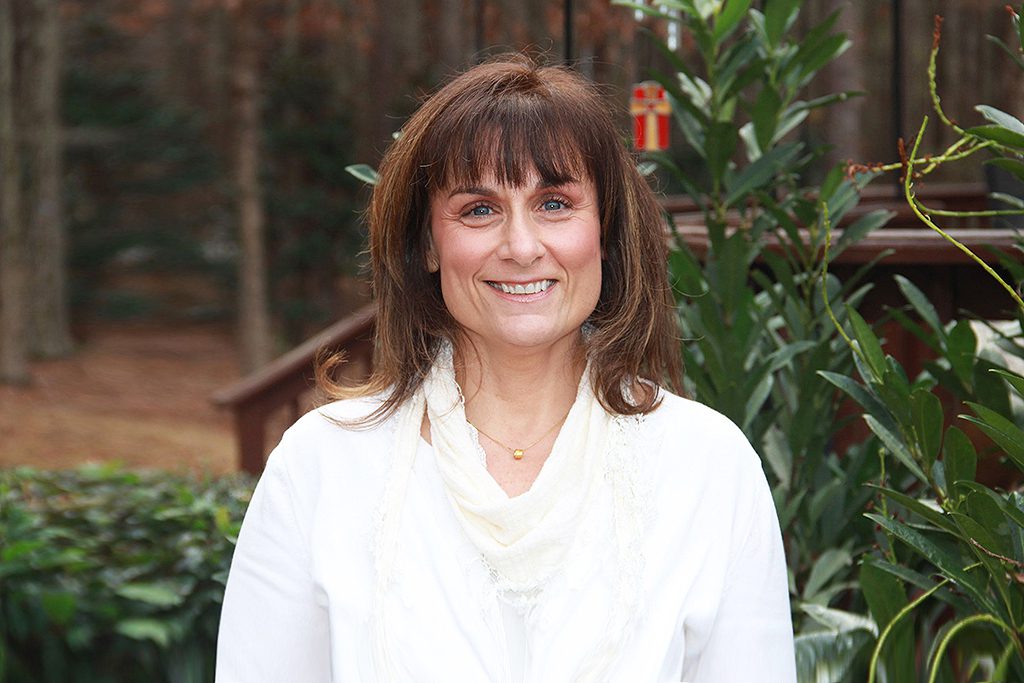Get to Know Your Mindbliss Authors

How did you get into meditation and how has meditation impacted your life?
I came to the “spiritual” path, seemingly by accident. I was not a spiritual seeker per se. I began to practice yoga, casually, at the local Gold’s Gym. I was experiencing stress in my career as a professional musician, and also in my personal life. That stress manifested in some physical conditions like high blood pressure and digestive issues. I saw people in the group classes at the Gold’s Gym and it looked like the exercises would be relaxing. I began to take some classes, and also change my diet. I began to feel better and better, and became more consistent at attending classes.
Then about 2 years later, I first began to meditate. Although I had been feeling better since beginning yoga, I began to feel a re-emergence of some of the conflict in my mind and body. One night I thought, I need to meditate. Nobody had ever instructed me, and I wasn’t sure what to do other than sit still and breathe. My mind was on overdrive at that time with a lot of negative self talk. It was overwhelming and I couldn’t shut it off. “If there is a God”, I thought, “please help me find peace”. As I meditated I found more and more peace within. The negative voice in my head became quieter and quieter as I meditated. I realized, in that initial experience, that the negative image that my mind had of me, was not actually “me”. It was just a series of “stories” I had told myself, about myself. Letting go of this “image” was a difficult process, but that point, I began to let that image of myself go. I realized through that experience, many suffer (at the hand of their own mind) in the same way I did.
My circumstances in life did not change overnight, but I committed myself to loving and serving others. I resolved that I would like to share as much as I could with others about finding and maintaining the same sense of wellbeing that I had found. My music has since become part of that commitment.
How does it feel when you are in a meditative state?
One way I have described it in the beginning, is that I feel euphoric or “high”. The only reference I had for this was smoking cannabis, when I was younger. I thought “I have got to tell people about this!” I experienced a definite shift in consciousness. I felt euphoric, but also connected to the Universe. I didn’t feel foggy as I remembered some of my experiences with Cannabis. Please don’t misunderstand, I am not recommending Cannabis to anyone, but I have found that meditation can allow a person to release stress and encourage the chemicals that our body naturally produces to begin to flow.
In the beginning I wanted to find this feeling in every meditation. I have since come to realize that it is not necessary to chase any “feeling”, but to simply remain present in the moment. Feelings come and go. I have also realized that sometimes meditation can also help to uncover difficult or unpleasant emotions, but that these are opportunities to let these emotions, thoughts and beliefs go. That process results in feeling lighter, and less burdened mentally…which in turn generally leads to more feelings of “bliss”.
In general after a meditation I feel more of this blissful feeling. It is a relaxed, calm and contented feeling.
What is the top 3 most valuable life advice you can give from your life experience so far?
If I were to impart words to my earlier self, I would say:
#1 In this moment, Now, Choose Love and not fear.
Realize that now is all there is. The future and the past are creations of the mind, in this present moment. You can choose to create from a place of Love, and gratitude.. or fear.
#2 Be the Love that you seek.
Realize that there is no barrier to Love. We all desire love. Give Love in the form of kindness and service to others.
#3 It is in giving, that you receive.
I found that serving others brought me the most joy. 🙂
What is your favourite quote?
“Man is from heaven and the music is from heaven and whenever you know the keys of how to open the doors of music you have opened the doors of heaven also. The secret lies in the music. If there is a choice between philosophy, religion, science and music; if you ask me to choose one, after which all the remaining ones will disappear from the earth, I will choose music. Because if there is music, religion will follow. It cannot disappear.” ~Osho
“The Kingdom of Heaven is within you” ~Yeshua
What is something easy and simple that we can do right now to make the world a better place?
Relax. Learn to relax, and meditate. Simply, give your mind and body time to relax at the end of each day. This is mental hygiene. I have found that is important for me to be as consistent with this as I would brushing my teeth, or bathing. I think the more I have learned to be responsible to myself in this way, the more I can see how I can choose actions that are good for others and the environment.
What would you say has been the biggest benefit from meditation?
Meditation has given me the ability to remain calm, and relaxed in difficult situations. Meditation has helped me to heal from anxiety and mental and emotional trauma of the past.
What is the biggest challenge you had to overcome? How did you overcome it? And what lessons did you learn from it?
I think letting go of the image of my “old self” was one of the most difficult things I have experienced. I didn’t eat or sleep for several days and faced some very dark aspects of myself. I found that some aspects of my created identity were connected into my nervous system. Reacting to these negative thoughts or associations as they related to my “identity” created constant stress reactions. I overcame it by letting go of my agenda, beliefs and my own sense of self, and humbly asking for help from the Universe, God or whatever one might want to refer to the “All that is”. In that process I realized that asking for forgiveness for past mistakes, or even seek to correct them when possible and by doing so let them go. This required courage and humility that I wasn’t sure I had, but in pushing through, it felt so good to let the past go.
When you think about happiness, how do you define that for yourself?
I think being content and grateful allows me to just BE. I have found that gratitude is like a doorway that always leads to the present moment. I have learned that real happiness for me is not about getting a thing or a circumstance. That can be nice, but making those things responsible for my happiness is giving my power to something I am not in control of and has a seed of fear about losing that thing. Being grateful, and present to “what is” has no opposite. There is a peace there that is beyond the minds ability to understand.
Do you have a message for our Mindbliss Community?
“I would like to thank everyone for taking the time and discipline to practice meditation. Know that the time that each of you commit to your practice is valuable for all. Also, the lessons we are learning in this practice have the most impact on others, when they are seen in the small everyday actions that reflect kindness, respect and integrity.
I am so grateful for the opportunity to share with Mindbliss community” ~In gratitude, Jonathan Adams a.k.a. Sonic Yogi





Recent Comments